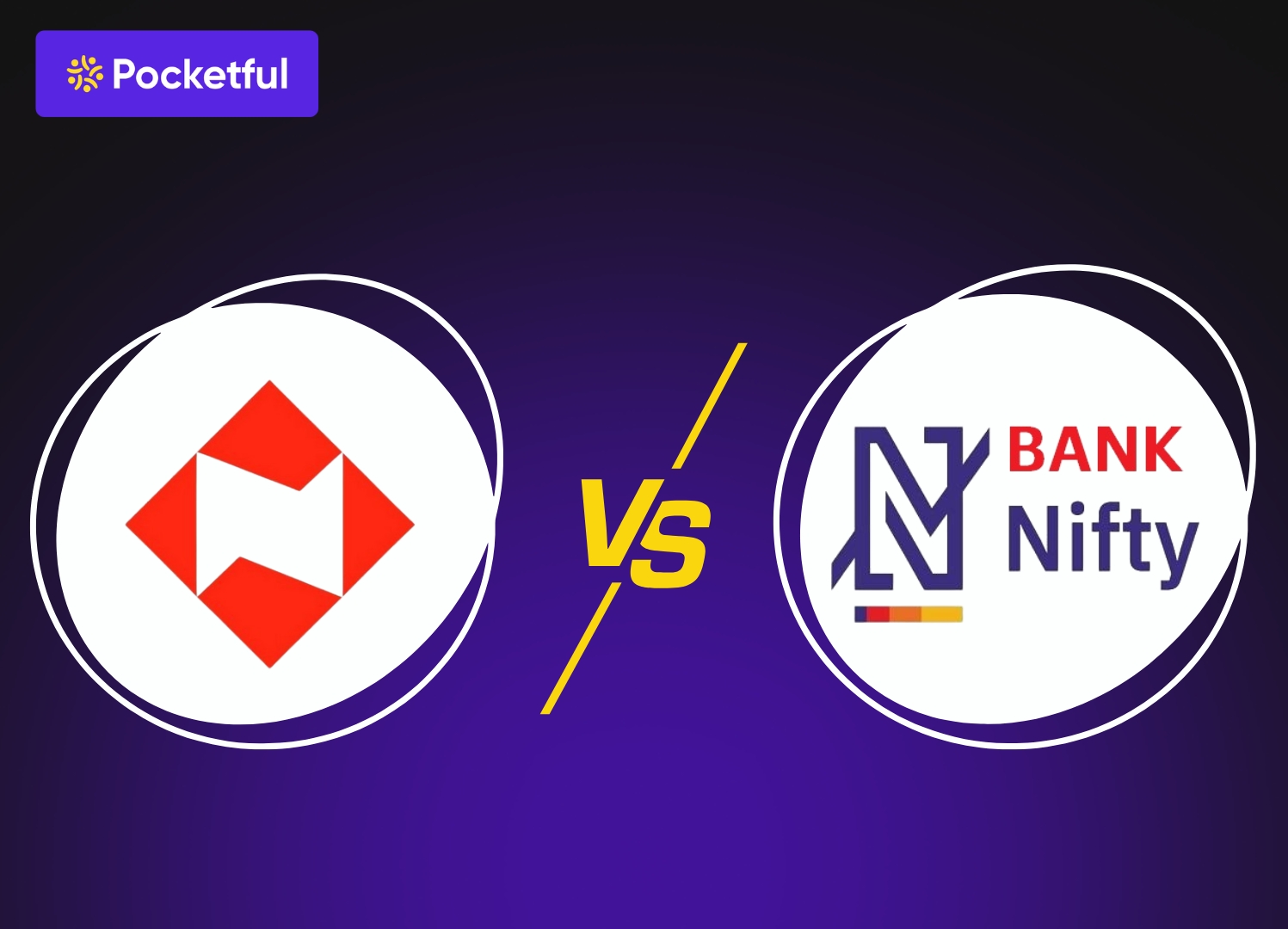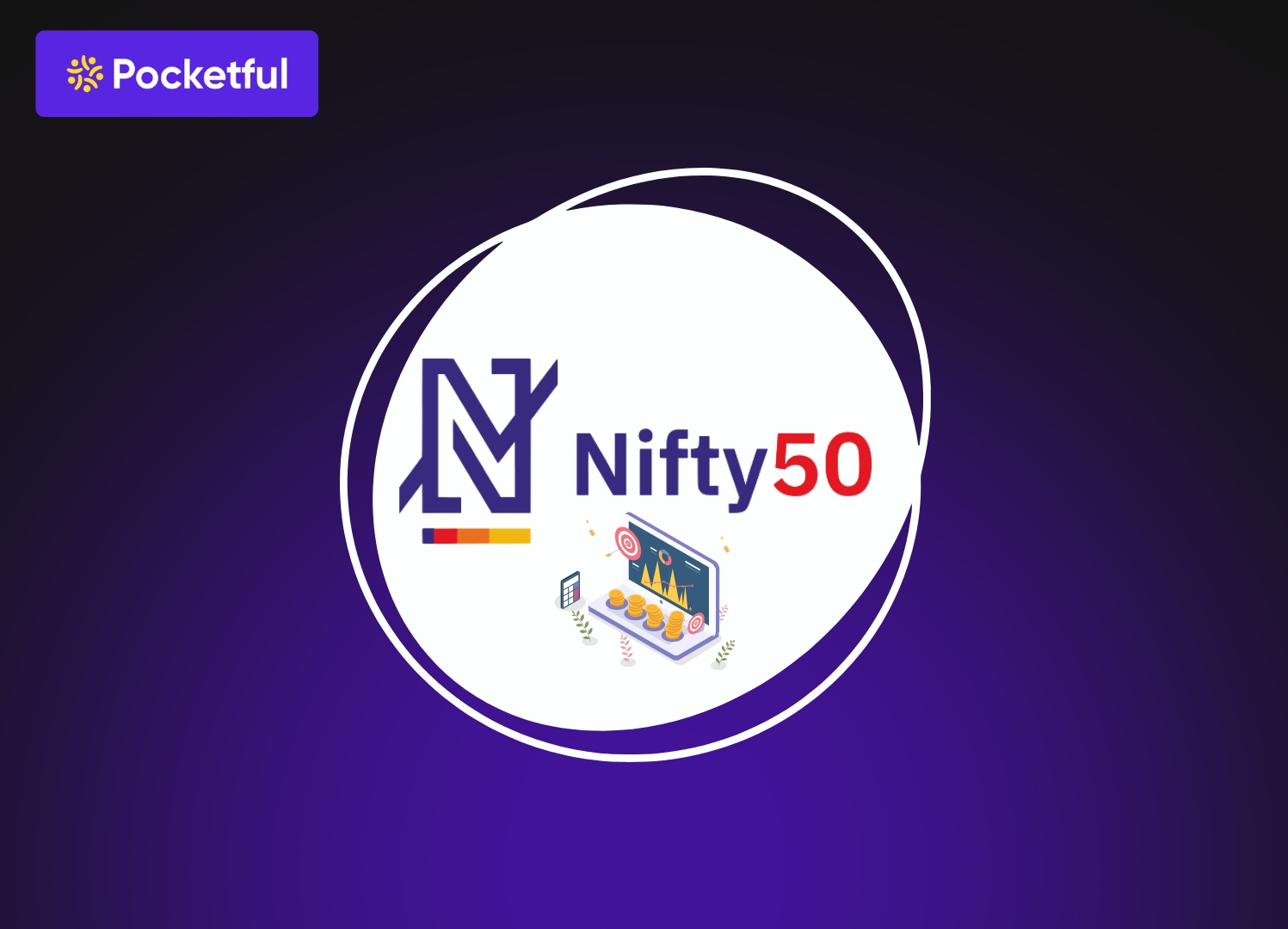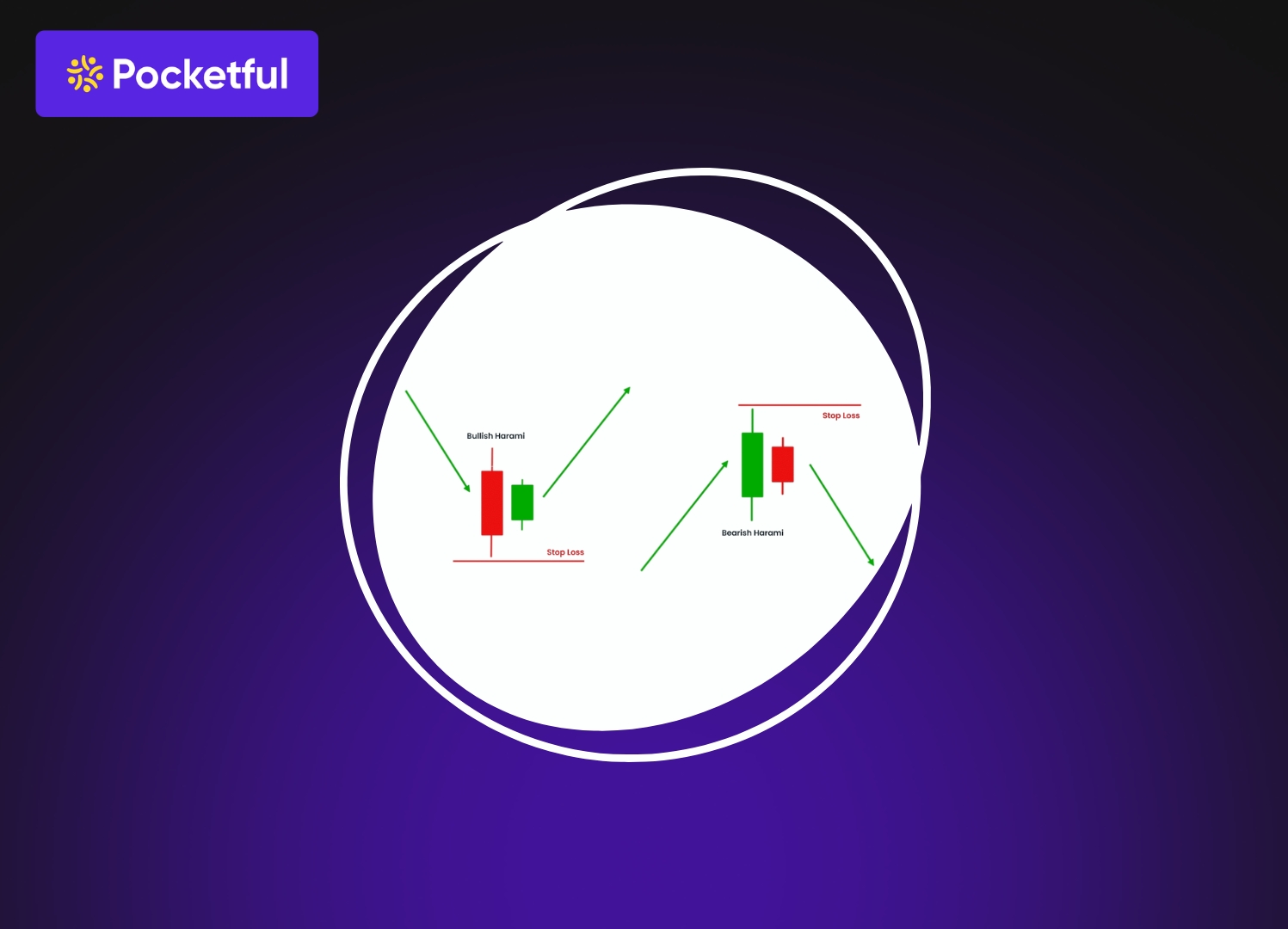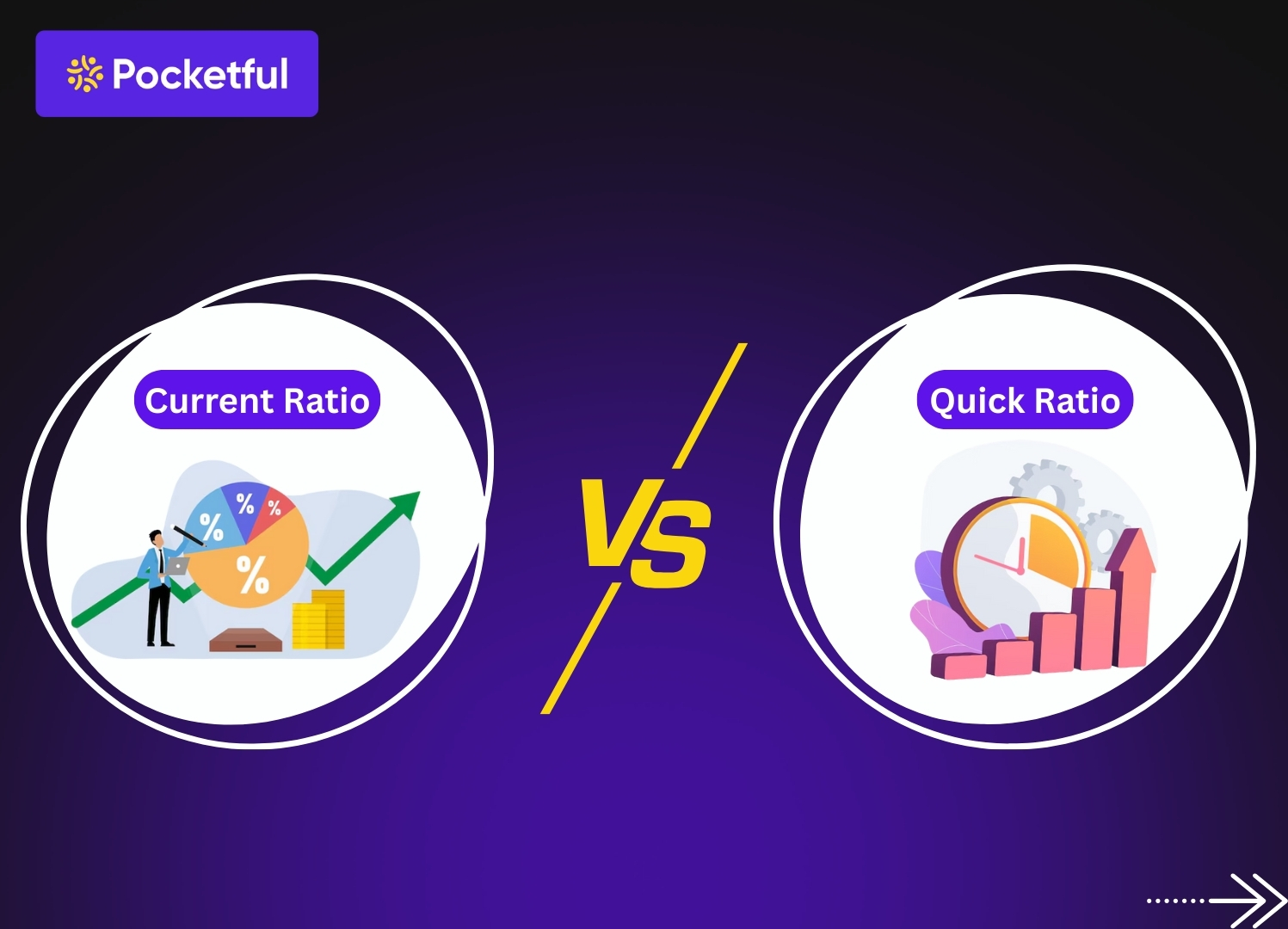Some investors follow whatever the market is doing. Then there are a few who study every shift, every cycle, and every change with calm attention. They do not move with noise. They move with clarity.
These are the investors who often set trends without trying to. Their decisions become lessons, and their portfolios become case studies for others who want to understand how smart money thinks. They lead by example, not by prediction.
One such investor is Shankar Sharma. His approach is built on deep research, sharp timing, and the confidence to go against popular views. In this guide, we take a close look at the Shankar Sharma portfolio, the latest moves in 2025, the stocks he holds today, and the strategy that ties it all together.
Who Is Shankar Sharma?
Shankar Sharma is a well known Indian investor, market commentator, and co-founder of First Global, a securities and investment firm he started along with Devina Mehra after leaving Citibank around 1989. Over the next few decades, they built it into a research driven brokerage and global investing outfit that focused on data and discipline rather than market noise.
He is also the founder of GQuant Investech, an investment firm that uses quantitative models and analytics to build portfolios.
Across TV interviews, articles, and market cycles, he has earned a reputation as a contrarian who is early in spotting themes and willing to stay with his views even when they are not popular. This long experience and strong opinion make the Shankar Sharma latest portfolio closely watched by many investors in India.
Shankar Sharma Latest Portfolio 2025
Before breaking down his strategy, it is important to see how his major holdings look today. His positions show steady ownership in a few long term ideas, along with measured changes across the last few quarters. The table below gives a clear view of the key stocks, the value he holds, the quantity, and how his stake has moved recently.
| Stock | Holding Value (₹ Cr) | Quantity Held | Sep 2025 Holding % | Jun 2025 Holding % |
|---|---|---|---|---|
| Rama Steel Tubes | 24.2 Cr | 24,375,000 | 1.50% | 1.60% |
| Thomas Scott | 42.3 Cr | 1,217,351 | 8.30% | 8.50% |
| VIP Clothing | 4.9 Cr | 1,500,000 | 1.70% | 1.70% |
| Valiant Communications | 14.2 Cr | 200,050 | 2.60% | 2.60% |
| ACE Software Exports | 9.6 Cr | 429,160 | 3.40% | 3.40% |
| Sumit Woods | 26.1 Cr | 3,500,000 | 7.70% | 7.70% |
NOTE: All the information in the table is based on the external public sources. They are bound to change. The details shared here are only for informational and educational purposes.
Read Also: Raj Kumar Lohia Portfolio in 2025 – Holdings List, Changes and Strategy
Company Overviews
While understanding his approach is important, it also helps to briefly look at the companies in his portfolio to see what makes them fit into his overall style.
1. Rama Steel Tubes
Rama Steel Tubes works in the steel pipes and tubes segment. It is the company with a focus on infrastructure, construction, and engineering uses. The company has seen steady order flow and stable demand, which supports long term revenue visibility.
2. Thomas Scott (India)
Thomas Scott operates in the apparel and retail space, offering men’s clothing through both stores and partnerships. The company has been scaling its product mix and distribution reach, which explains the rising interest from long term investors like Sharma.
3. VIP Clothing
VIP Clothing is known for its innerwear brands. While the segment is competitive, the company’s brand recall and pan India retail presence help it maintain demand. It remains a slow but stable consumption driven business.
4. Valiant Communications
Valiant Communications manufactures telecom transmission and cybersecurity related equipment. With customers across utilities, defence, and telecom networks, the company benefits from ongoing upgrades in communication infrastructure in India and global markets.
5. ACE Software Exports
ACE Software Exports provides software services, content solutions, and digital transformation support for global clients. Its niche presence, stable contracts, and recurring service business make it a steady mid sized tech play.
6. Sumit Woods
Sumit Woods is a real estate developer. It is focused on residential projects in select urban markets. The company has been expanding project launches and improving sales visibility, which helps support long term growth expectations.
Sector Wise Analysis
The Shankar Sharma latest portfolio shows a clear mix of sectors that reflect his confidence in niche themes, steady consumption businesses, and select growth areas. By looking at each space, you can understand how he builds conviction and balances risk.
1. Metals and Infrastructure
Rama Steel Tubes represents his interest in companies linked to long term infrastructure spending. This sector benefits from steady government projects and a rising demand for steel products. It adds stability to the Shankar Sharma stocks list.
2. Apparel and Retail
Thomas Scott gives him exposure to the men’s fashion market. Retail remains a consumption driven sector that grows with rising incomes and urban demand. It also shows his willingness to bet on smaller brands that scale over time.
3. Consumer Essentials
VIP Clothing covers the innerwear and basic apparel segment. These products have everyday demand, making the business more predictable even during slower market phases. It balances the more cyclical names in the Shankar Sharma portfolio.
4. Technology and Communication
Valiant Communications and ACE Software Exports provide exposure to specialised tech and communication services. These companies work in targeted markets, giving the portfolio a growth angle without taking large cap tech risk.
5. Real Estate
Sumit Woods adds a property development angle to the Shankar Sharma latest portfolio. Housing demand has been rising, and mid sized developers have gained traction in select cities. This sector gives him both growth and asset backed stability.
Read Also: Radhakishan Damani Portfolio: Stock Holdings and Strategy
Investment Strategy
The Shankar Sharma portfolio follows a clear and disciplined style. His choices show how he mixes patience, research, and an eye for early opportunities. The points below explain this approach in detail.
1. Looks for Under-Recognised Businesses
He prefers companies that are improving but still not in the market spotlight. This helps him enter early and benefit when valuations catch up.
2. Balances Growth with Stability
The Shankar Sharma latest portfolio covers tech, consumption, real estate, and infrastructure. This blend keeps risk controlled while still capturing growth cycles.
3. Prefers Long Term Holding
Most stocks in the Shankar Sharma stocks list show steady positions across quarters. He holds through cycles and waits for the underlying business to deliver.
4. Uses Contrarian Thinking
He often buys in low sentiment phases and trims when enthusiasm peaks. This helps him avoid crowd-driven decisions and protect returns.
5. Focuses on Fundamentals
His decisions come from financial strength, demand visibility, and business quality, not market noise or short term price reactions.
Interpretation of Portfolio Changes
Looking at how the Shankar Sharma portfolio has shifted over the past few quarters gives useful clues about his thinking. The points below explain what these changes indicate.
1. Gradual Reduction in Select Holdings
Slight trims in companies like Rama Steel Tubes and ACE Software Exports suggest disciplined profit-booking rather than loss-driven exits. He reduces weight only when prices get ahead of fundamentals.
2. Strong Build-Up in Thomas Scott
The steady rise in his stake in Thomas Scott shows growing conviction. This indicates he sees long term potential in smaller apparel brands gaining market share over time.
3. Stability in Consumer and Tech Picks
Holdings such as VIP Clothing and Valiant Communications have remained unchanged. This shows his confidence in stable consumption and niche tech plays that provide balance to his portfolio.
4. Preference for Expanding Mid-Sized Players
The addition and stable holding in Sumit Woods point to his interest in mid-sized real estate companies that benefit from rising urban housing demand.
5. No Aggressive Churn
There are no major exits or sudden additions in the Shankar Sharma latest portfolio, which reflects a steady, long term view rather than short term trading behaviour.
Read Also: 10 Top Investors In India And Their Portfolios
Key Insights for Investors
The Shankar Sharma portfolio offers a few clear lessons that can help investors think better and make more steady decisions.
- Early entry: He buys companies before they become popular, showing that spotting improving businesses early can create real upside.
- Patience with mid caps: Many names in the Shankar Sharma latest portfolio are still growing. These companies reward patient holding rather than quick exits.
- Sector balance: His mix of consumption, infrastructure, tech, and real estate shows how a spread of ideas can reduce risk in uncertain markets.
- Focus on fundamentals: He pays more attention to demand, balance sheets, and long term visibility than market sentiment. This keeps decisions grounded.
- Gentle portfolio changes: The Shankar Sharma stocks list shows small shifts over time, proving that steady rebalancing works better than constant trading.
Conclusion
The Shankar Sharma portfolio reflects a style built on early conviction, steady holding, and a focus on improving businesses. His picks highlight the value of patience, sector balance, and disciplined research. For investors, the message is simple: build slowly, stay consistent, and trust strong fundamentals.
To explore more portfolios, market guides, and simple investment breakdowns, follow Pocketful for regular, clear, and well explained insights.
Frequently Asked Questions (FAQs)
What type of companies does Shankar Sharma prefer?
He prefers small and mid sized companies with improving fundamentals and long term growth potential.
Does he change his portfolio often?
No. His changes are slow and measured, usually small trims or incremental additions.
Why does he invest in mid caps and niche sectors?
He looks for early opportunities where growth can be stronger once the market recognises the company’s progress.
Is consumption a major part of his portfolio?
Yes. Consumer driven names add stability and help balance more cyclical sectors.
What can new investors learn from his approach?
Stay patient, avoid noise, study businesses closely, and build a balanced set of ideas rather than chasing trends.












